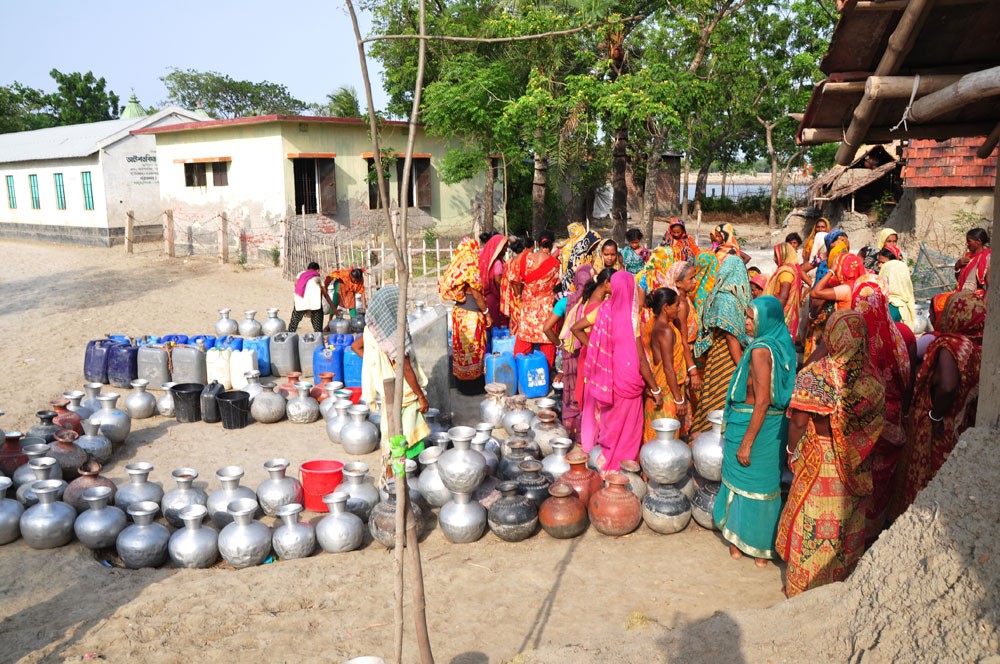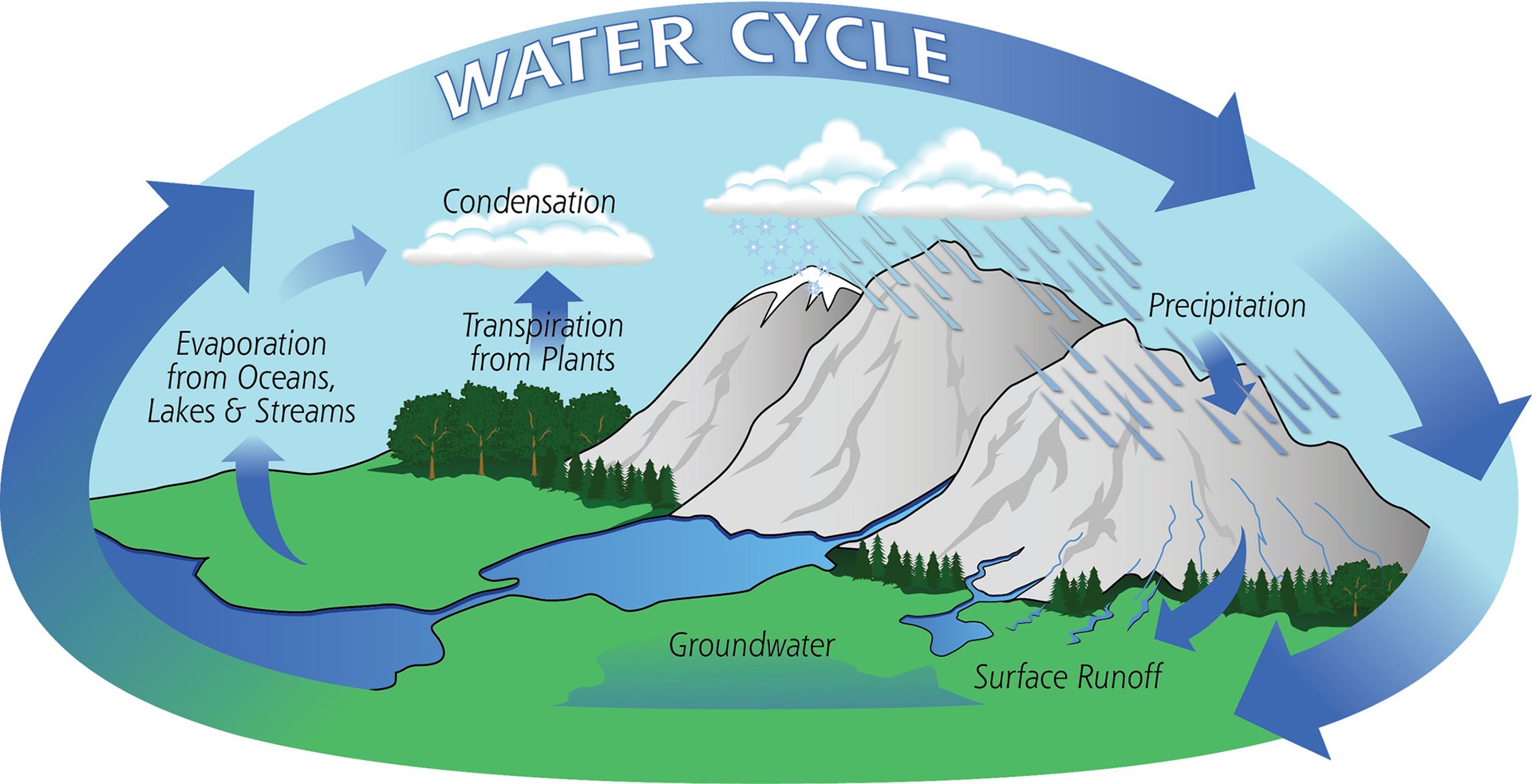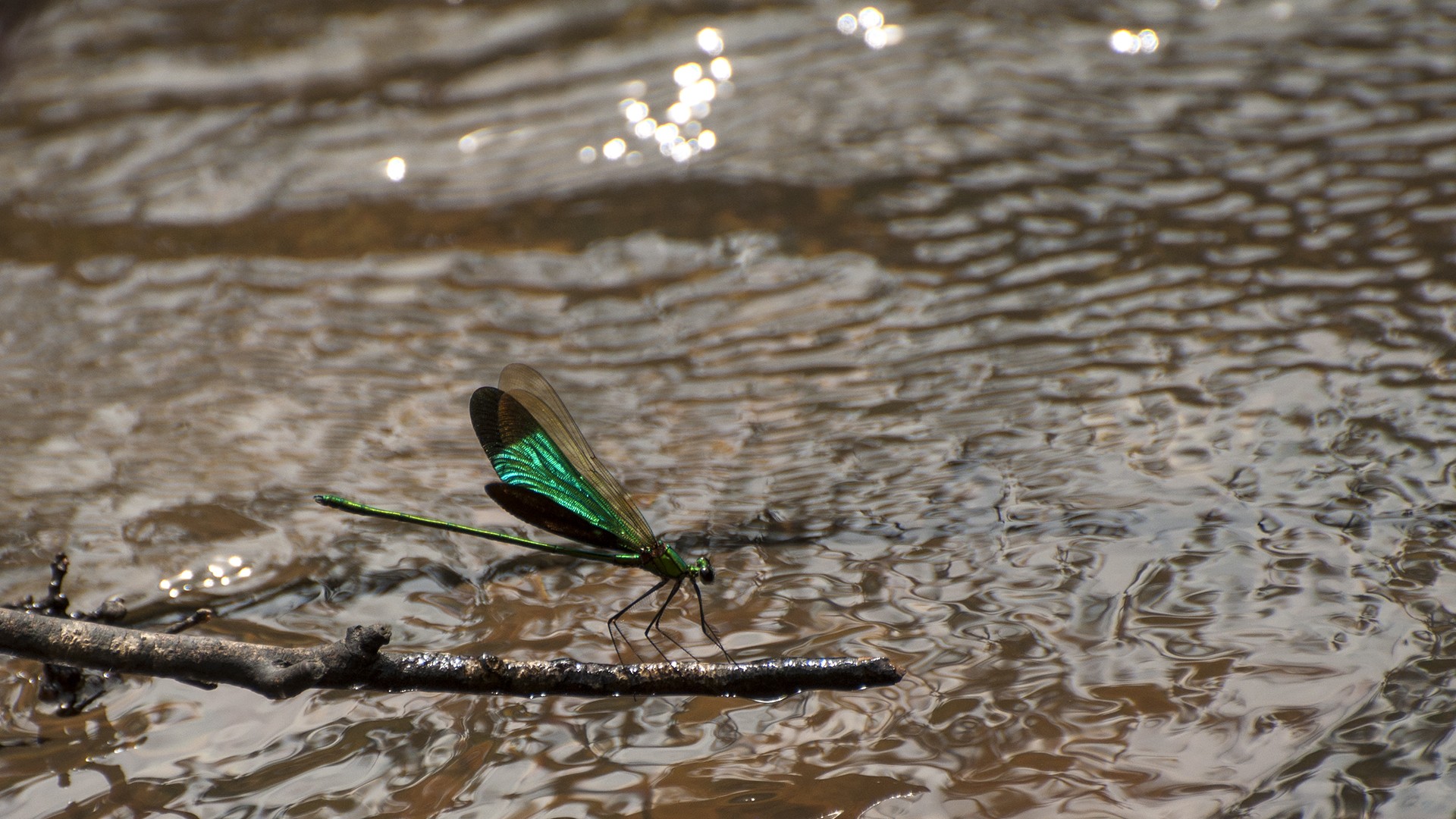Imagine manually pulling water up from a depth of 20ft from an open well or, for that matter, carrying 20 litres in a pot from a nearby stream to your home. Imagine having to do this six times a day, just to fetch enough water for ourselves. We would then certainly know where our water comes from and we would do our darned best to make sure that we used every drop mindfully. Those of us who live in cities mostly have access to water with the opening of a tap. And that, perhaps, is what keeps us from understanding its value, or taking responsibility for the precious resource that is water.
But water takes a long and arduous journey to our taps, and there are many forces at work to make sure we get our quota everyday. In most towns, there is a municipal authority that is responsible for bringing water to our homes. They tap water from surface sources such as rivers, lakes and tanks and from groundwater sources like open wells and borewells. This water is first rid of large solid impurities such as sticks and leaves, and then finer particles like silt are removed by introducing a coagulating agent, or by allowing the silt to sediment. The water is sometimes also passed through a slow sand filter. Chlorine is then added to the water to kill disease-causing organisms. Based on the geography and elevation of each town, this water is then pumped through multiple underground reservoirs and overhead tanks before appearing in our taps. In some countries, fresh water is even supplied by desalinating seawater, or by treating waste water.
Even before the municipal authority begins the task of bringing water to our homes, the sun expends large amounts of energy, which is used to evaporate around 1,400 cubic kilometres of water everyday. This water condenses to form clouds and then falls down as rain. Rainwater fills our streams and aquifers from which we draw our water. If you really look at it, rain is one of the main sources of fresh water. How magical that the sun, as well as the municipal authorities, go about doing their jobs without us having to know anything about it at all! We only pause to think of water when something goes awry with the rains or there is smelly water in our taps or worse still, no water in our taps. All of which seems to happen with greater frequency these days. That brings us to the next question. Why is water so important to us?
Water is critical for all life on the planet to exist. Water is the reason that the rainforests are abundant with many more life forms than the deserts are. Lack of water is said to be the key reason for the end of some of the great civilisations on the planet.
However, with climate change causing variations in rainfall patterns, industrial and domestic waste polluting our streams and water bodies, and falling groundwater tables due to over-extraction, it is very important that we look at ways to conserve water, and ensure water security.
Water conservation is not only about adapting our lifestyles to ensure that we are able to make do with smaller quantities of water, but it’s also about ensuring that we are able to give water back to nature, at almost the same place from where we take it. For instance, if we are pumping groundwater out, we should recharge our aquifers with water of similar quality too. If we are drawing water from streams, we should make sure that we treat the waste water and put it back into the stream, almost at the same point from where we got it. This will ensure that there is enough fresh water for future generations too.
Simply put, water sustains life, so life should sustain water.
Guest Editor Diaries: Of Leopards and Water Resources - Eight-year-old Guest Editor Shaurya Mantena assigns stories to the NiF team.
The Story of a Misunderstood Cat – Wildlife biologists Aritra Kshettry and Nikit Surve tell us why it’s not easy being a leopard.
Books: Spots and the Deep Blue – Children’s book author Bijal Vachharajani shares her picks for the month.
Check out more stories on our Young Tusks page.



